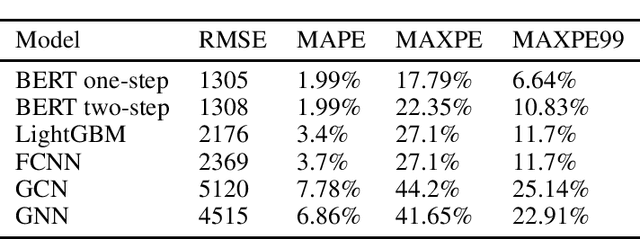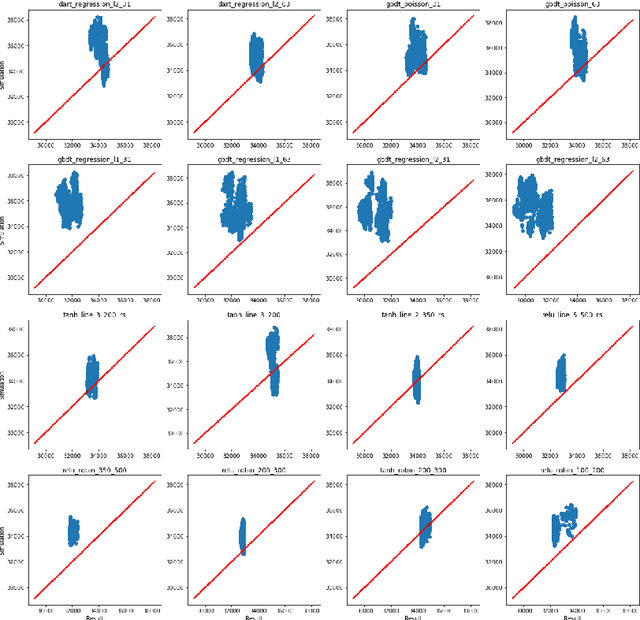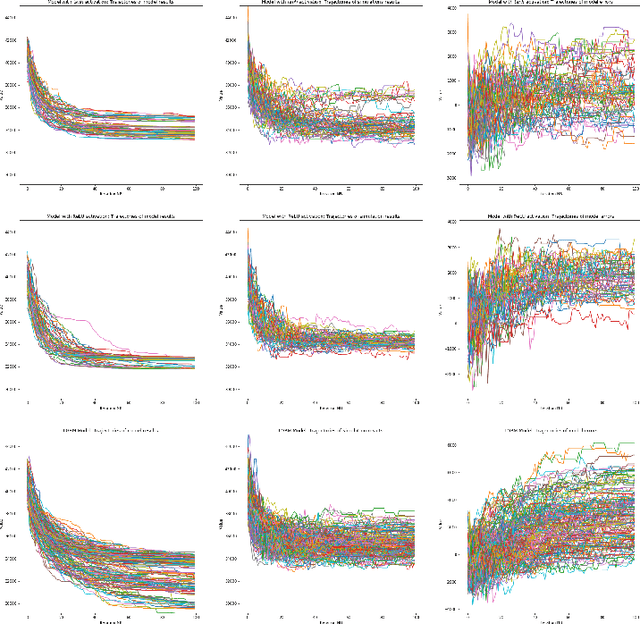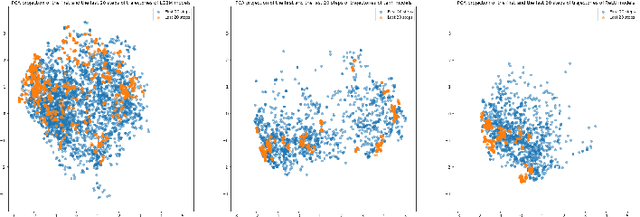Paweł Gora
Predicting times of waiting on red signals using BERT
Feb 20, 2021
Abstract:We present a method for approximating outcomes of road traffic simulations using BERT-based models, which may find applications in, e.g., optimizing traffic signal settings, especially with the presence of autonomous and connected vehicles. The experiments were conducted on a dataset generated using the Traffic Simulation Framework software runs on a realistic road network. The BERT-based models were compared with 4 other types of machine learning models (LightGBM, fully connected neural networks and 2 types of graph neural networks) and gave the best results in terms of all the considered metrics.
Investigating performance of neural networks and gradient boosting models approximating microscopic traffic simulations in traffic optimization tasks
Dec 11, 2018


Abstract:We analyze the accuracy of traffic simulations metamodels based on neural networks and gradient boosting models (LightGBM), applied to traffic optimization as fitness functions of genetic algorithms. Our metamodels approximate outcomes of traffic simulations (the total time of waiting on a red signal) taking as an input different traffic signal settings, in order to efficiently find (sub)optimal settings. Their accuracy was proven to be very good on randomly selected test sets, but it turned out that the accuracy may drop in case of settings expected (according to genetic algorithms) to be close to local optima, which makes the traffic optimization process more difficult. In this work, we investigate 16 different metamodels and 20 settings of genetic algorithms, in order to understand what are the reasons of this phenomenon, what is its scale, how it can be mitigated and what can be potentially done to design better real-time traffic optimization methods.
 Add to Chrome
Add to Chrome Add to Firefox
Add to Firefox Add to Edge
Add to Edge